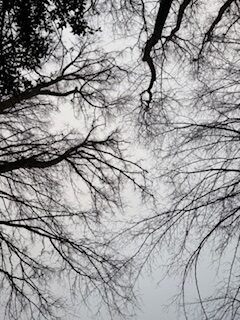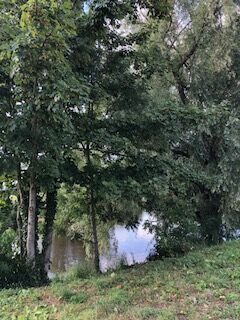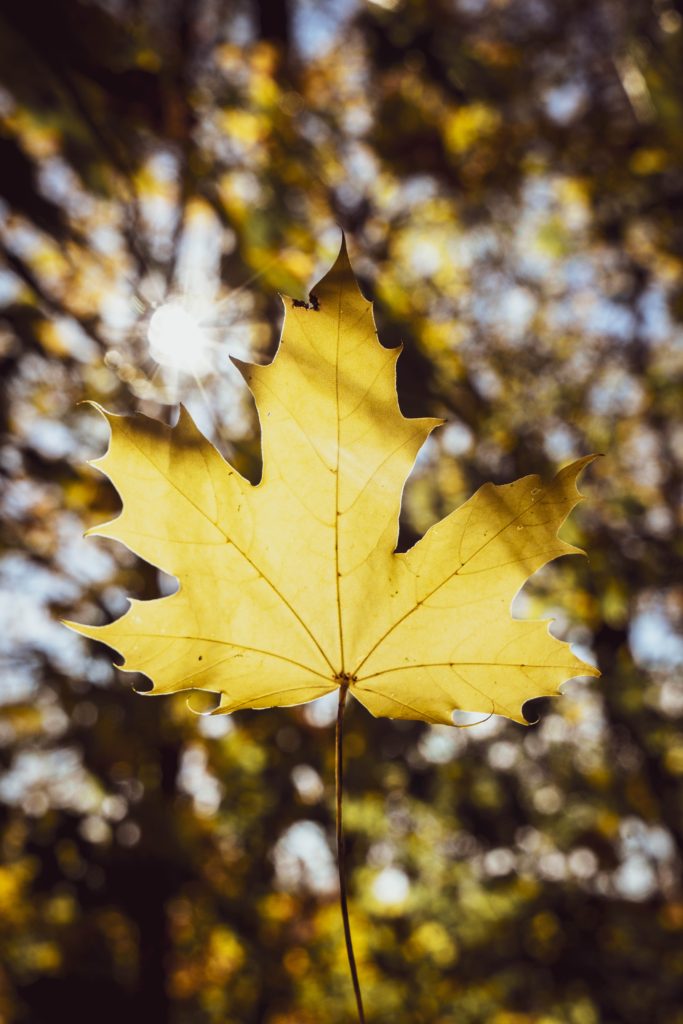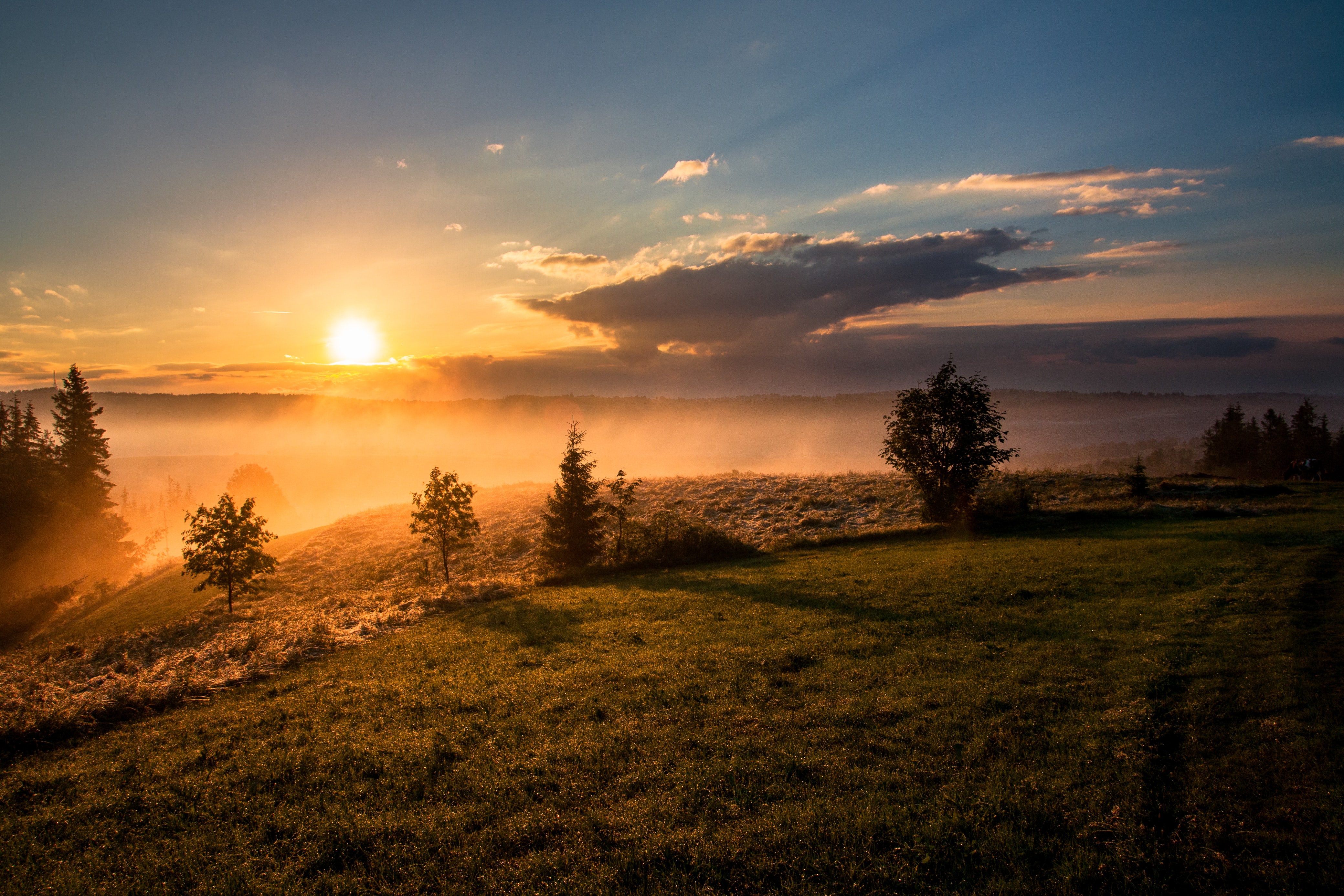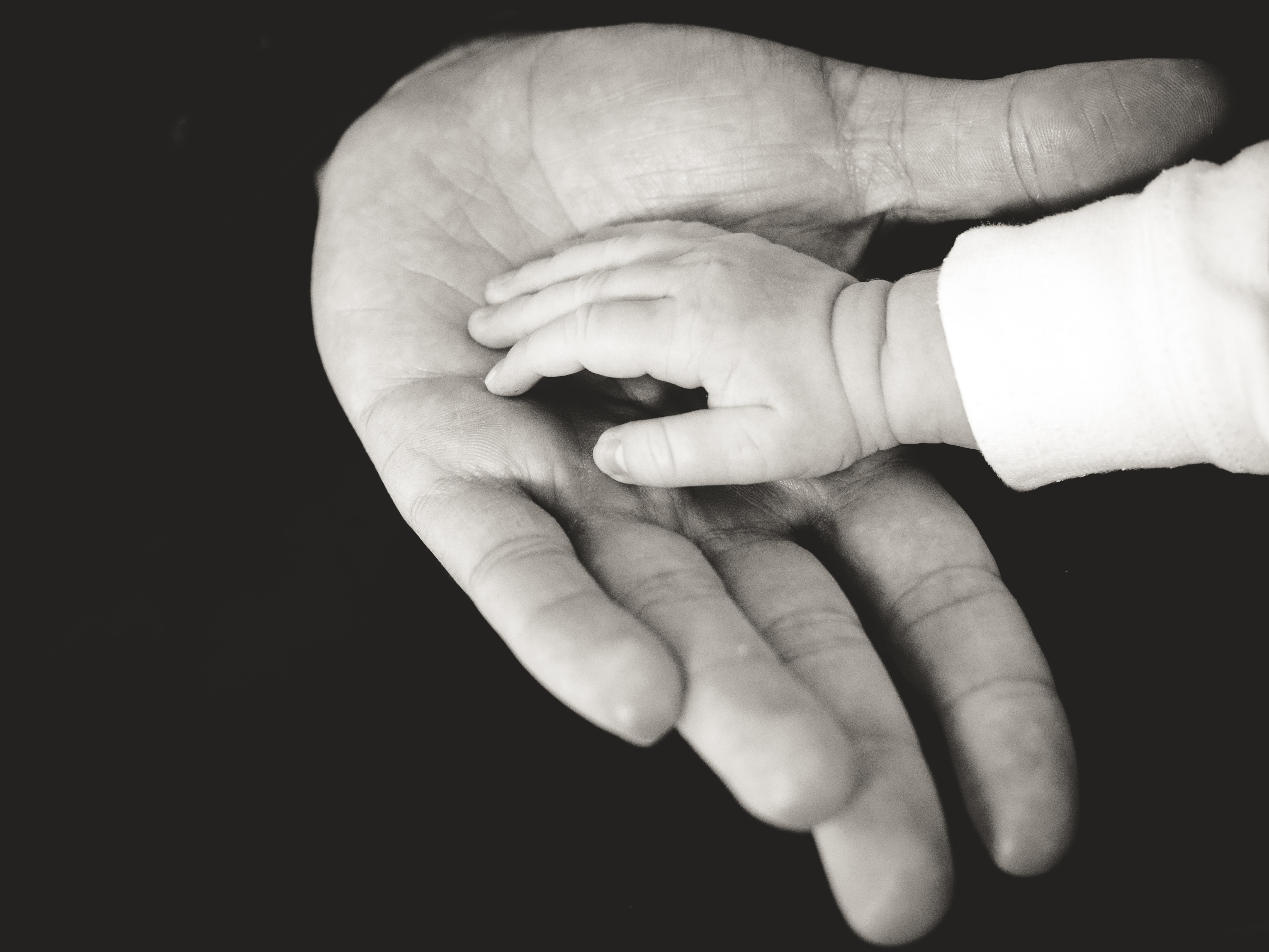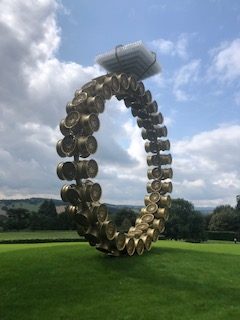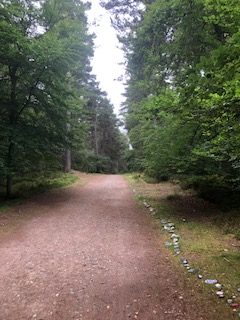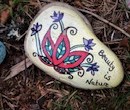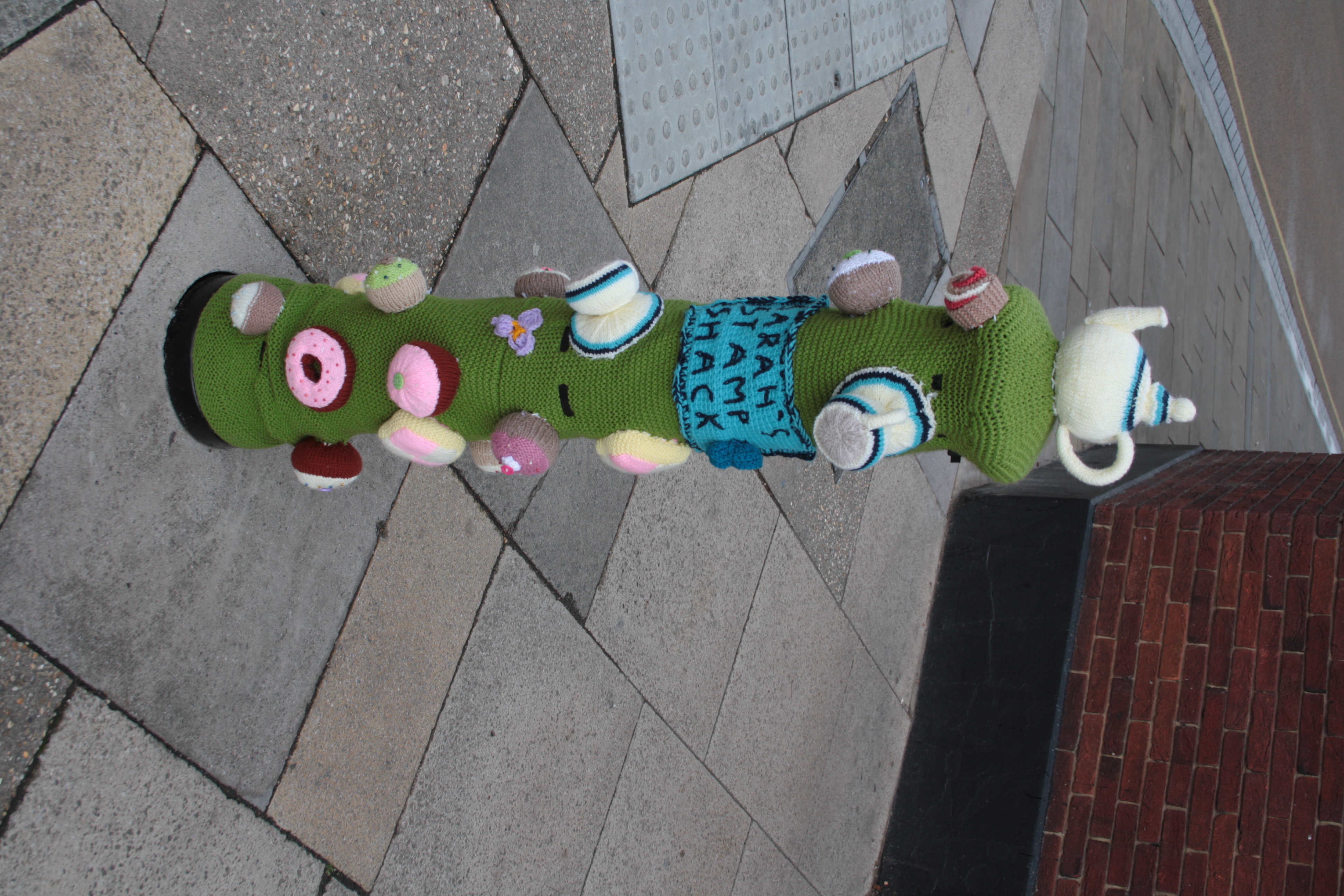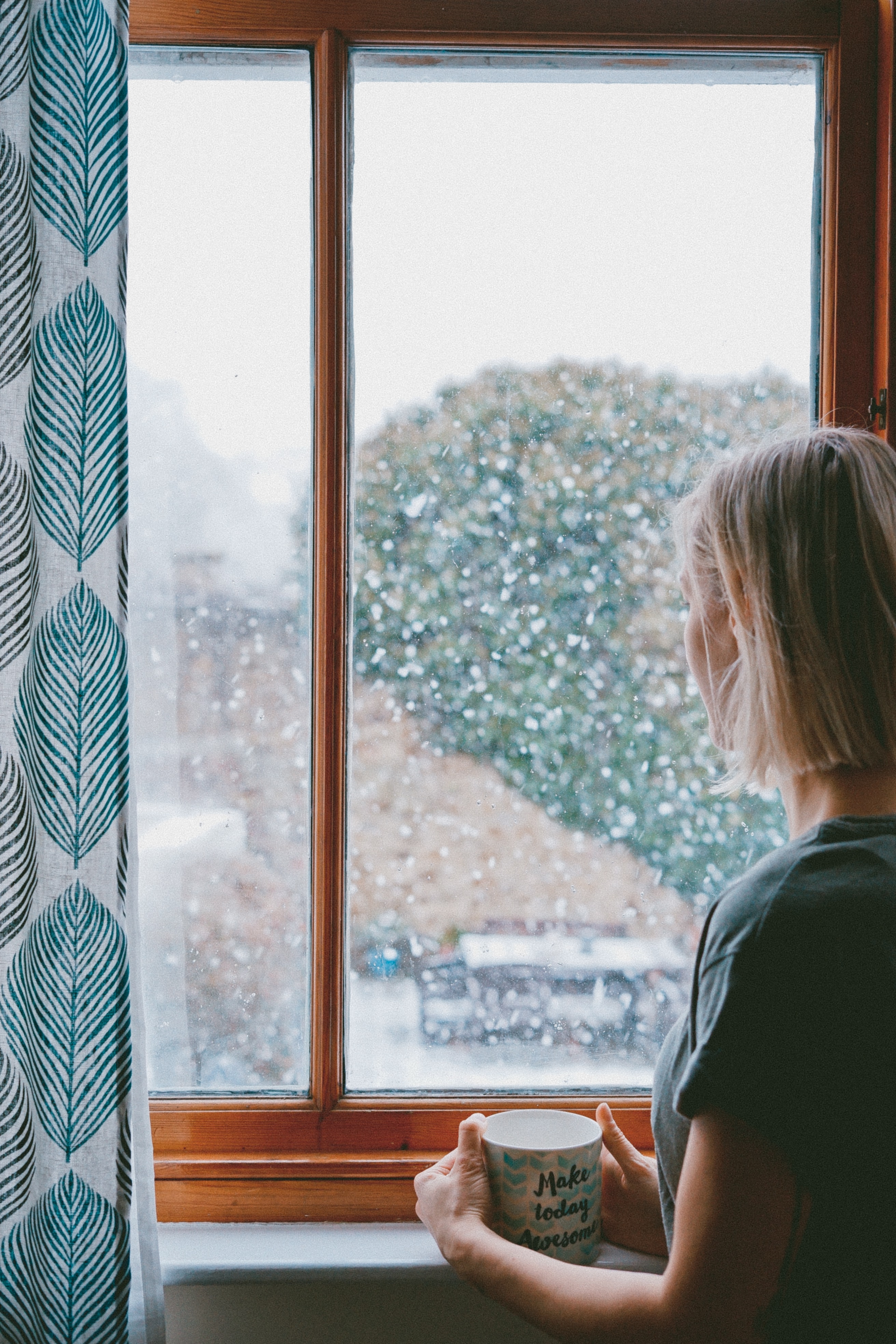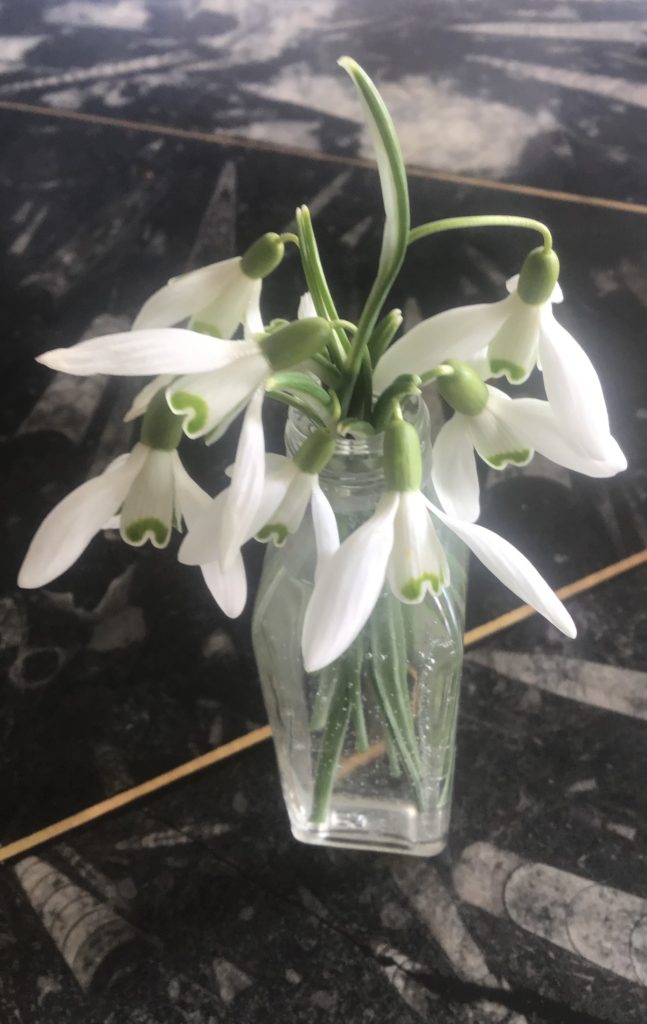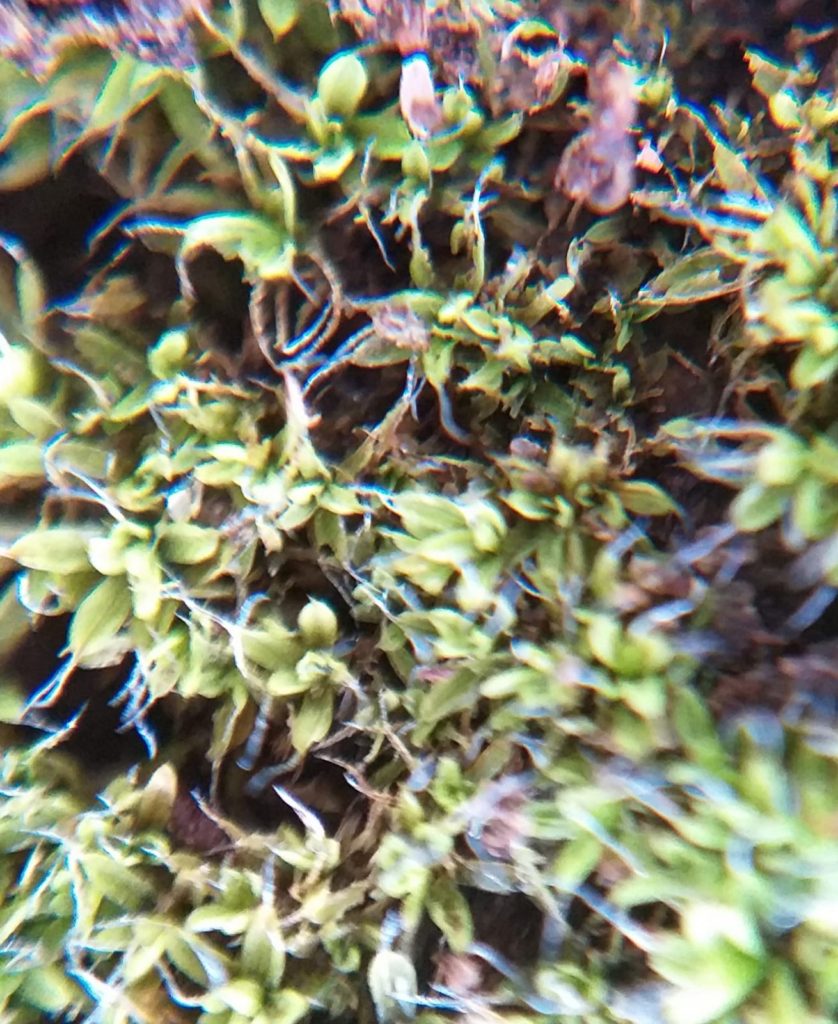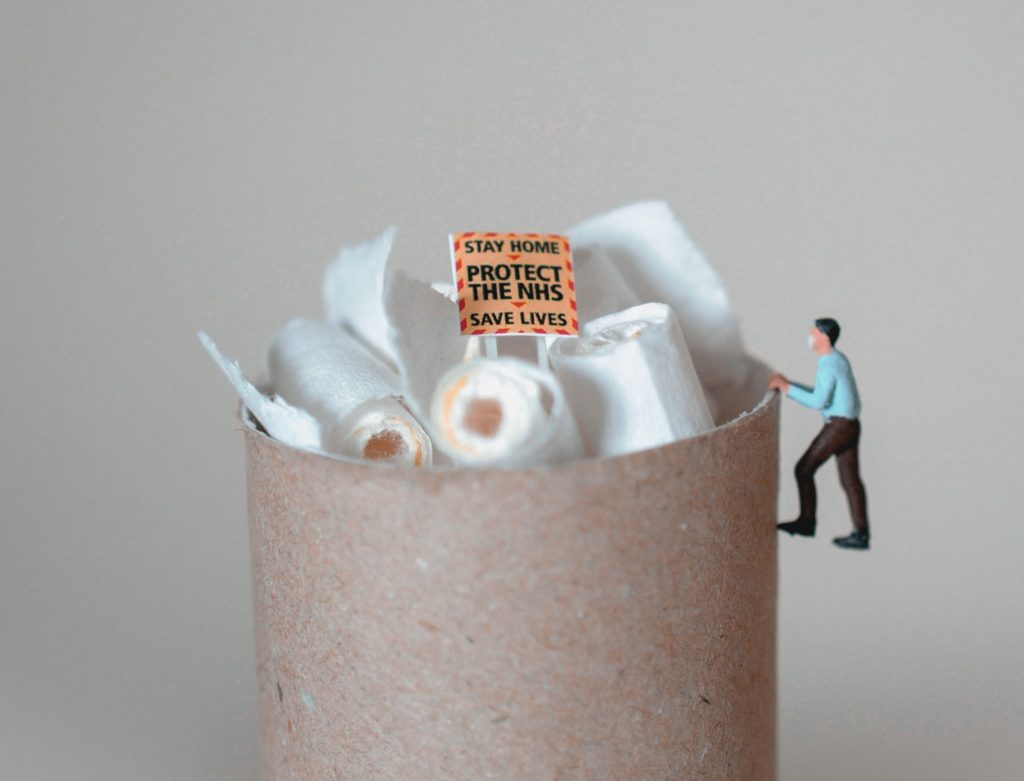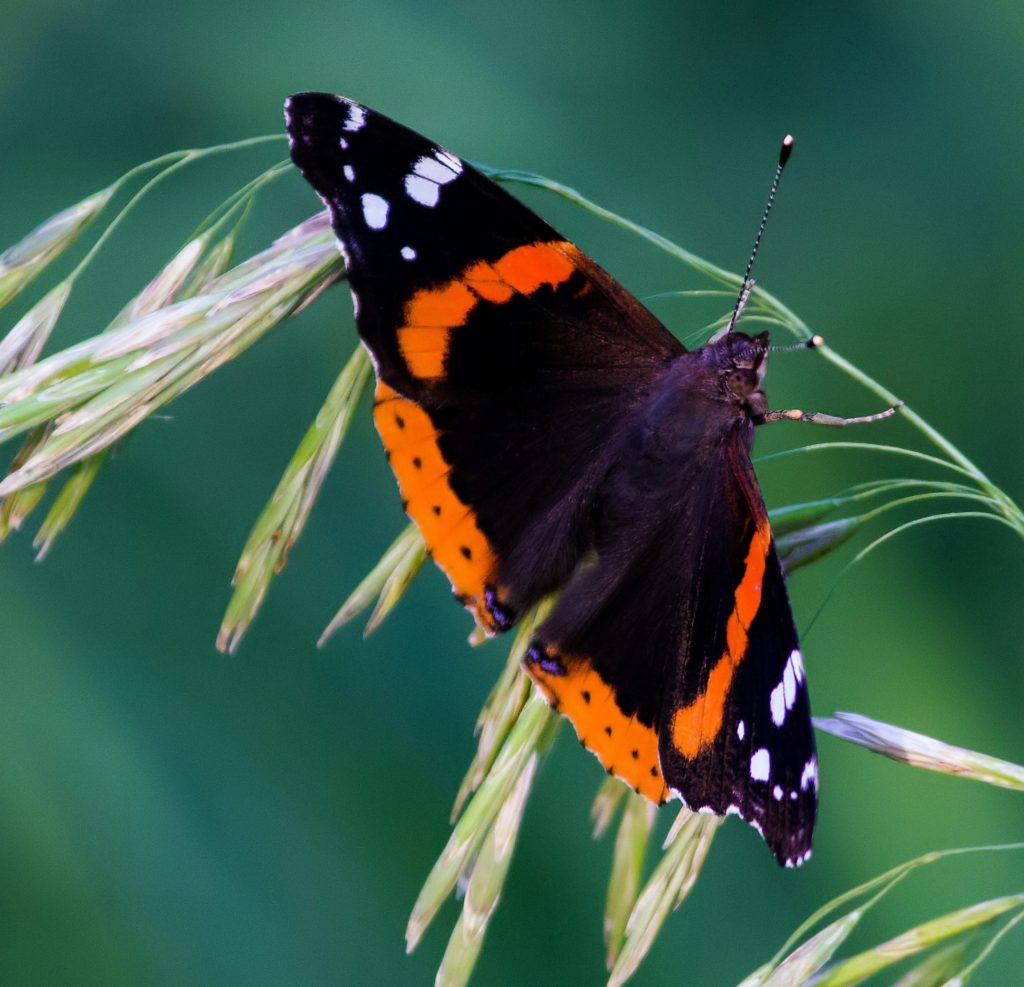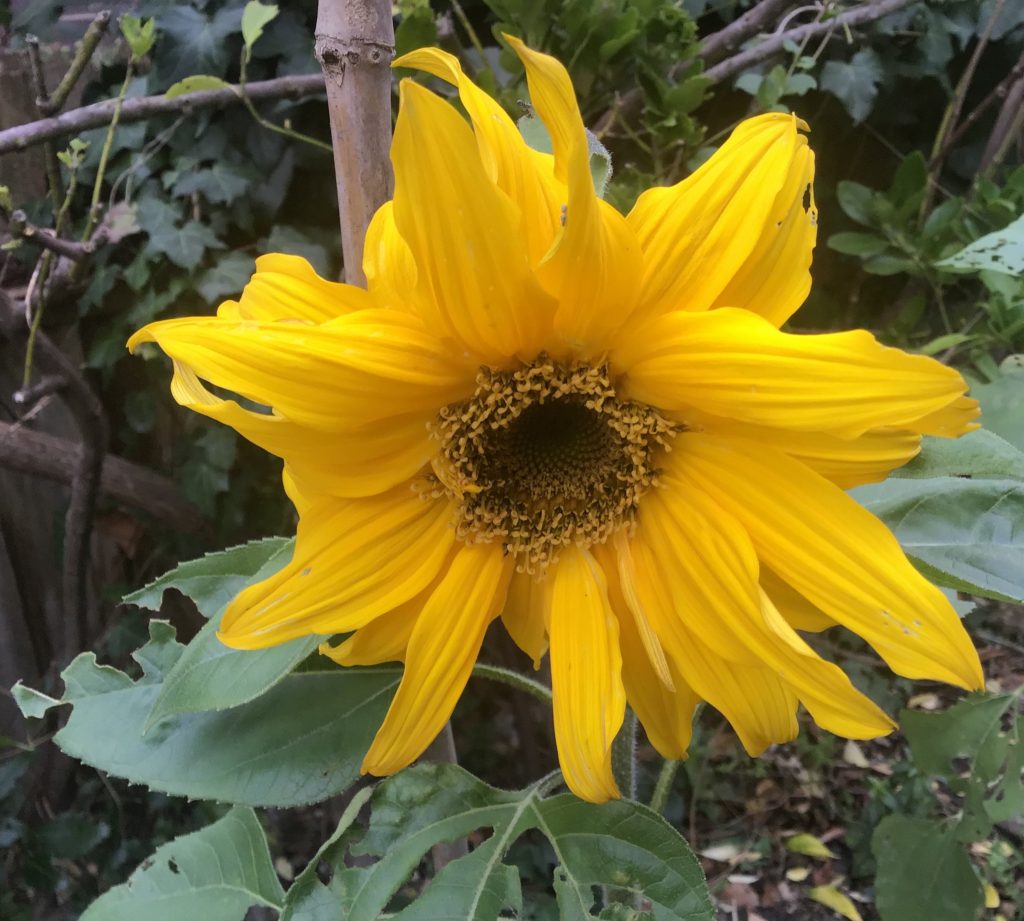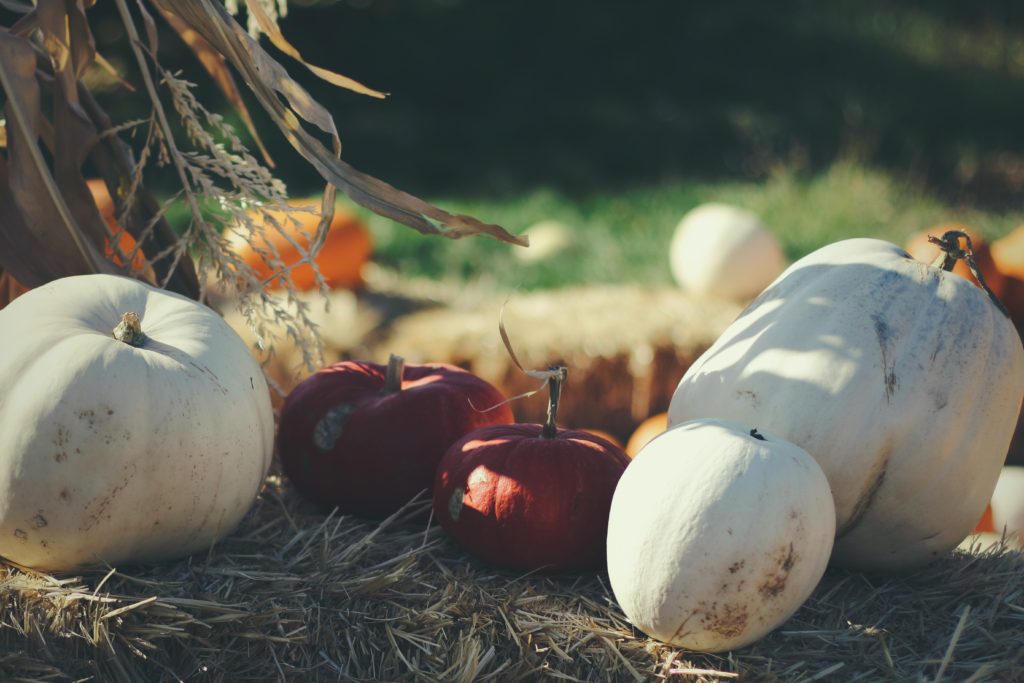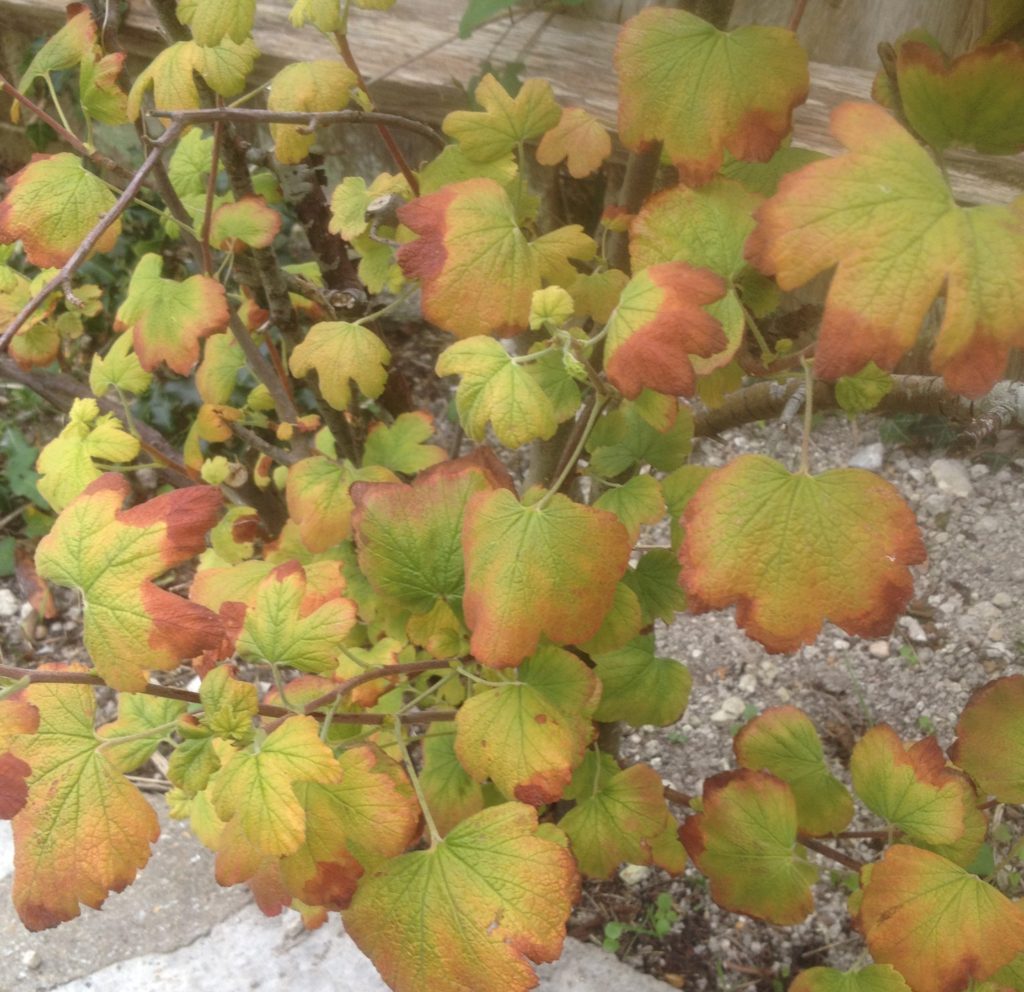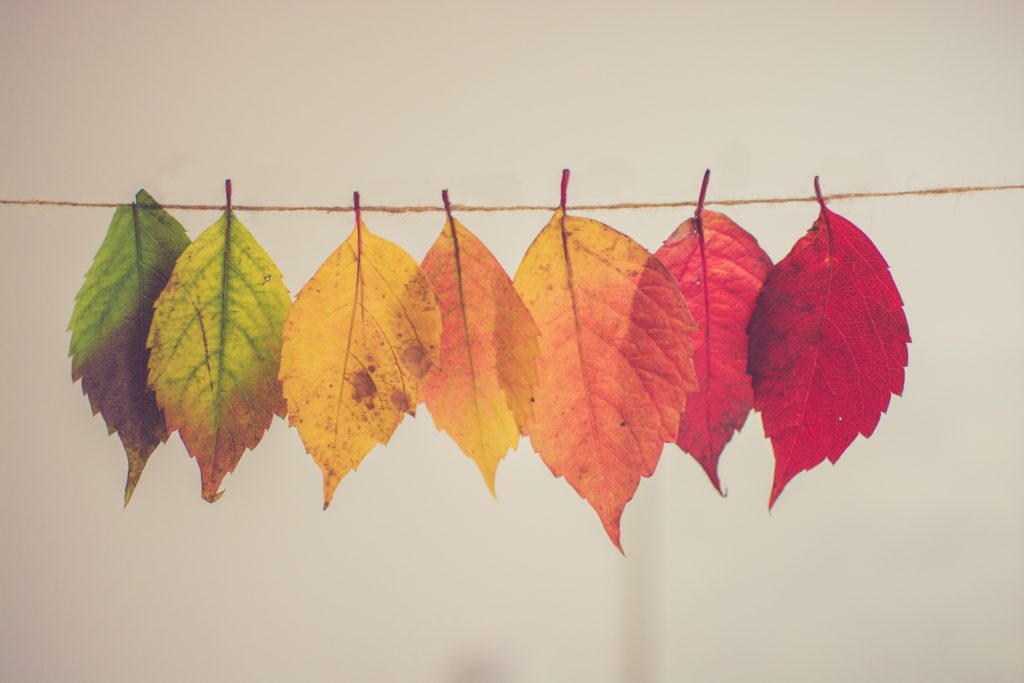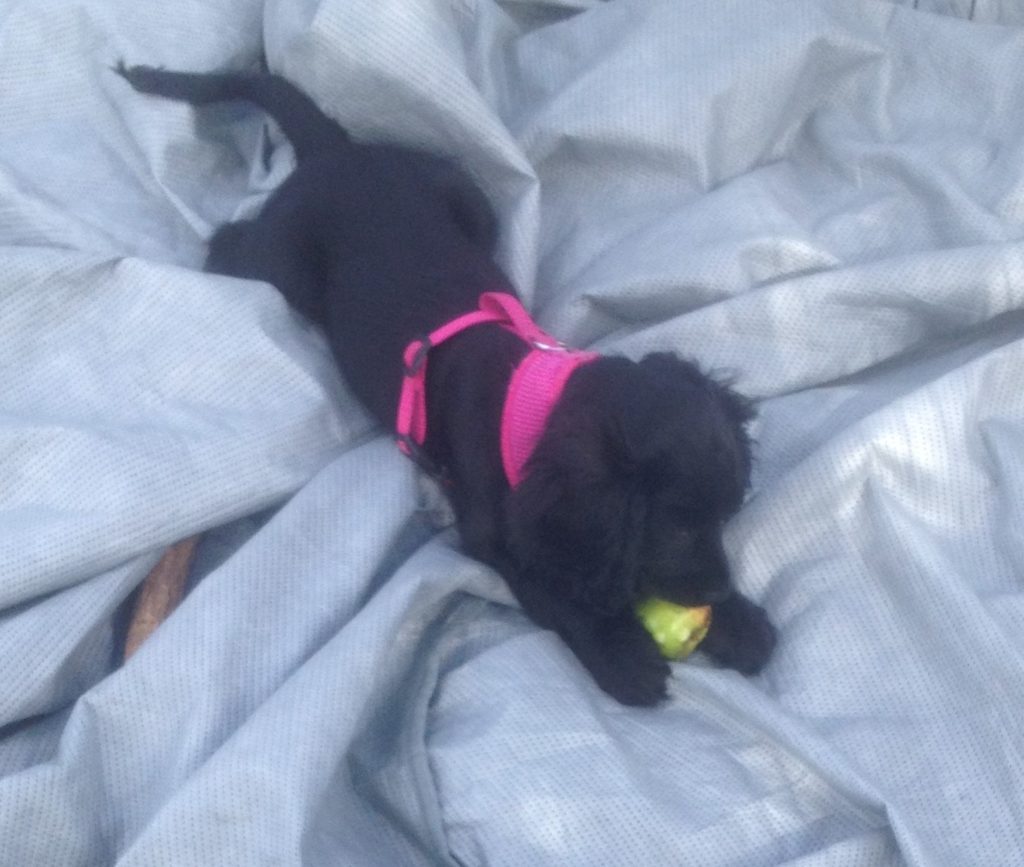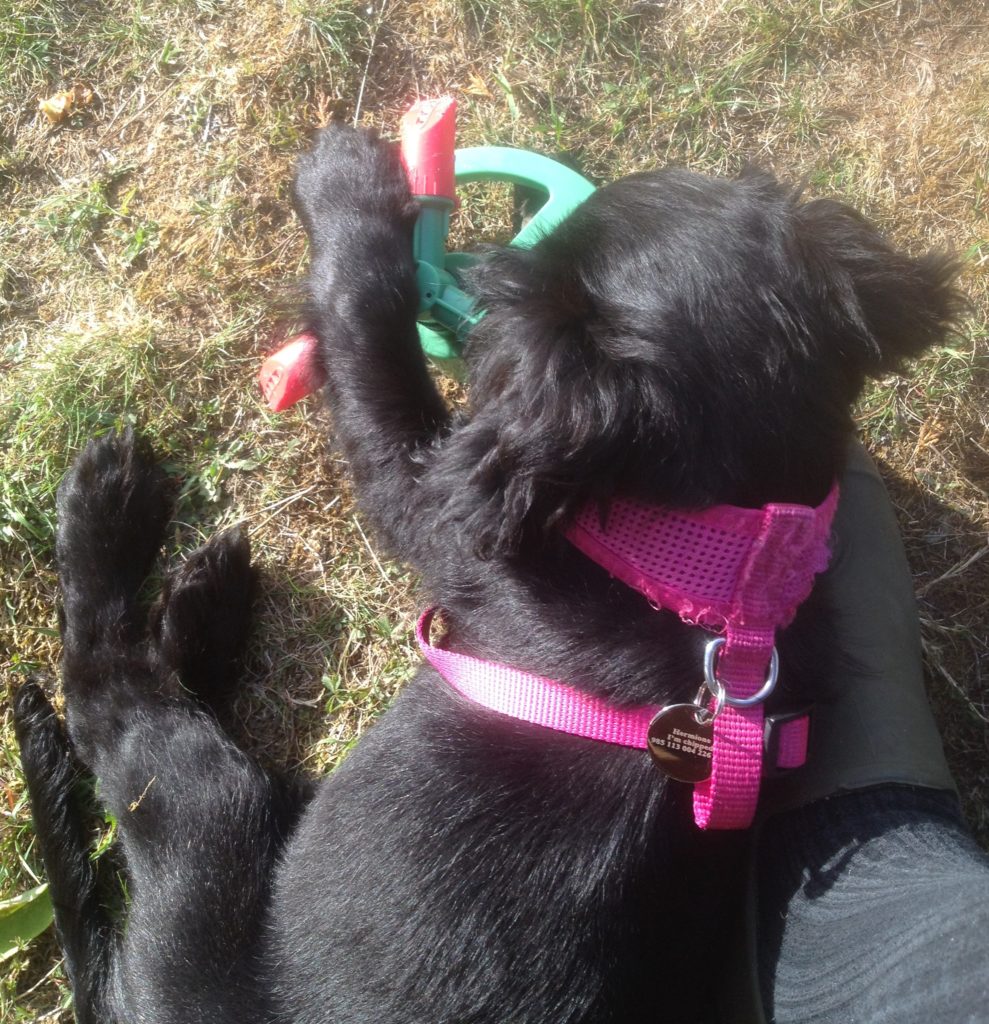When the blossom arrives, I know that spring is here in earnest. For our ancestors, it would certainly have given cause for celebration. The promise of the earth’s renewal has been fulfilled and the fearful dark days of winter want are truly over.
In the puppy park this week, my friends and I were discussing the sudden eruption of blossom all over the town. How it brought smiles to our faces and joy to our hearts.

Image: Karen Costello-McFeat
On the way to a routine check-up at the hospital, I spotted this magnificent ornamental cherry and it reminded me how vital trees and flowers are in such a setting. Hospitals are seldom relaxed environments, but add a flowering tree and some potted plants and everyone feels better.
The symbolism of blossom
Across the world, the arrival of blossom is celebrated, but nowhere more so than Japan. Here, people of all ages gather to witness their brief beauty: holding picnics and parties or simply walking along the tree lined paths. This ‘hanami’ or viewing flowers, is a way to remind the self of the transience of existence and the need, therefore, the make the most of every moment. Blossoms, like life, are all too short.

For the samurai, the blossom had a more personal symbolism. ‘Their short but glorious bloom mirrored the warrior’s code of Bushido, emphasising honour, courage and living life to the fullest.’ A blossom’s existence is short, as is that of the warrior, and the fallen petals represented the fallen heroes. (https://www.wattsgallery.org.uk/blog/the-deep-cultural-significance-of-cherry-blossoms-in-japan)
Petals and poetry
In Japanese as well as European poetry, blossoms have always inspired. In a homage to the Japanese poet, Basho, Simon Armitage was commissioned by the National Trust to write a series of haiku and other poems celebrating our own period of flowering trees. Like Basho, he travels south to north. The result was a beautiful collection called, Blossomise.

And here’s my favourite gem of a poem:
Constellations bloom
in orchards of April skies
The stars blossomise.
There is more to this collection, however, than a poetic celebration. Through the art of highlighting the magnificence of the period of flowering, Armitage also seeks to encourage us to take notice of the natural world; to learn its lessons and to cherish it accordingly. Nature is under threat. He writes:
Poetry is in debt to the environment , having had its money’s worth from its use of nature as a byword for beauty or a pretty backdrop. And poetry must speak up for nature when nature cannot speak for itself. Those impulses were at the heart of this project; to give definitions and dignity to a crucial aspect of the ecosystem, and to give meaning and protection to this yearly extravaganza.
Blossom and nature
Because while blossom looks pretty, it also serves an essential function. For the early pollinators it is a source of food. It is also the first stage of a fruit’s development. And though I have focused on the showy cherry blossom here, all fruits have their flowers.





The abundance of blossoms on my trees is making me look forward to the summer harvest.
Yet, if we do not protect our trees and the pollinators who sustain them, there will be no more harvest. So I urge you to go out and enjoy the miraculous show this Easter and as the days darken and lengthen, think about the spring again, and plant a tree!
Happy Easter!






